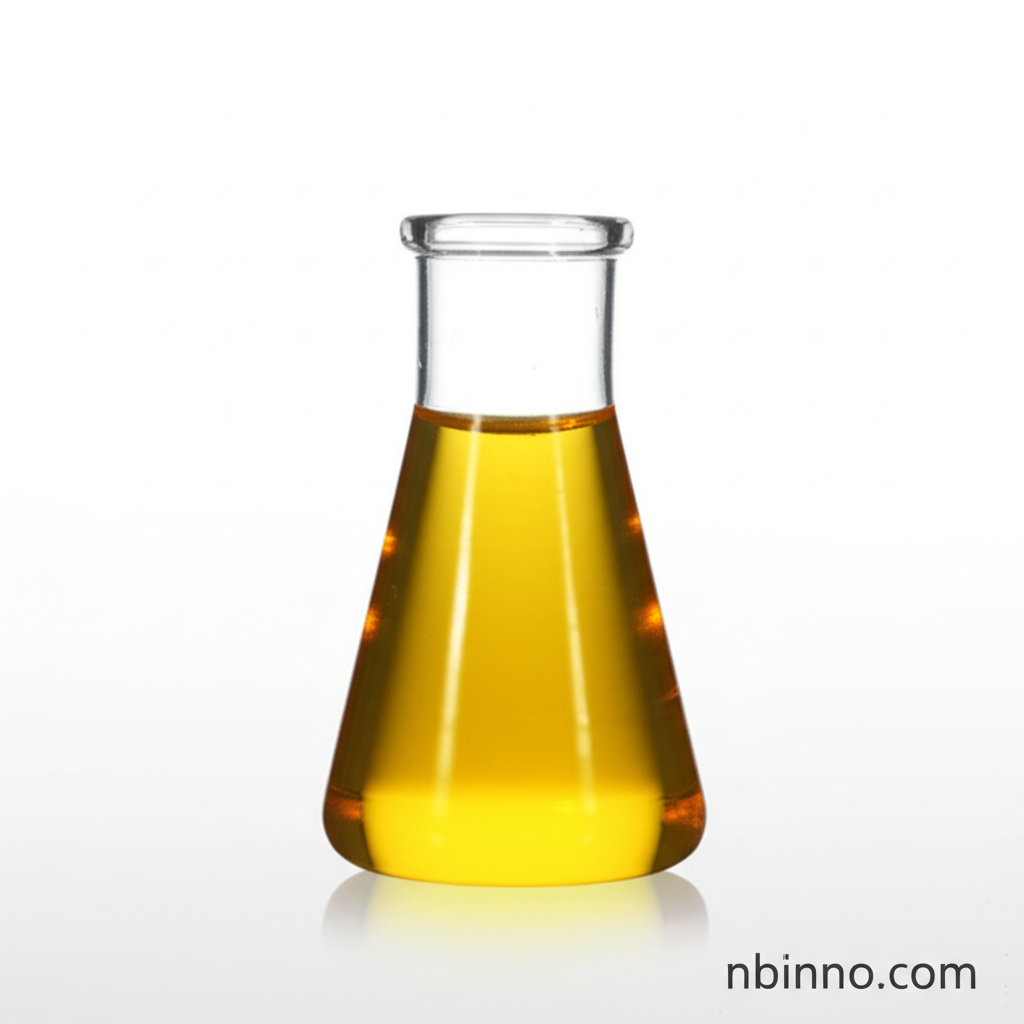1-Boc-3-hydroxymethylpyrrolidine: A Key Intermediate in Chemical Synthesis
Discover the synthesis, properties, and applications of this high-purity chemical building block for your research needs.
Get a Quote & SampleProduct Core Value

1-Boc-3-hydroxymethylpyrrolidine
This high-purity compound, known by its CAS number 114214-69-6, serves as a critical intermediate in various organic synthesis pathways, notably in the development of pharmaceutical agents. Its precise chemical structure and consistent quality make it an indispensable component for researchers aiming to achieve specific molecular targets efficiently.
- As a vital intermediate for SR 9009 synthesis, this pyrrolidine derivative plays a crucial role in developing potential treatments for metabolic diseases and sleep disorders.
- The high purity of 98.0% (GC) ensures reliable and reproducible results in complex chemical reactions, making it a trusted choice for advanced organic synthesis building blocks.
- Its availability from multiple global suppliers simplifies procurement for research institutions and pharmaceutical companies worldwide.
- The compound's structure lends itself to a wide array of chemical modifications, positioning it as a versatile building block for creating novel chemical libraries.
Advantages Offered
Enhanced Synthesis Efficiency
Utilizing 1-Boc-3-hydroxymethylpyrrolidine in your synthesis ensures higher yields and fewer side reactions, streamlining your research process.
Crucial for Pharmaceutical Intermediates
This compound is a key component in the creation of complex pharmaceutical intermediates, supporting drug discovery efforts.
Reliable Quality Assurance
With a guaranteed purity of 98.0% (GC), researchers can depend on the consistency of this chemical for critical applications.
Key Applications
Pharmaceutical Research
As a precursor in the synthesis of drug candidates like SR 9009, it's fundamental for exploring new therapeutic avenues.
Organic Synthesis
This derivative serves as a versatile building block for a wide range of organic reactions, facilitating the creation of complex molecules.
Chemical Libraries Development
Its structural versatility makes it ideal for constructing diverse chemical libraries for high-throughput screening.
Biomedical Research
The compound's utility extends to various biomedical research areas, contributing to advancements in understanding biological processes.
